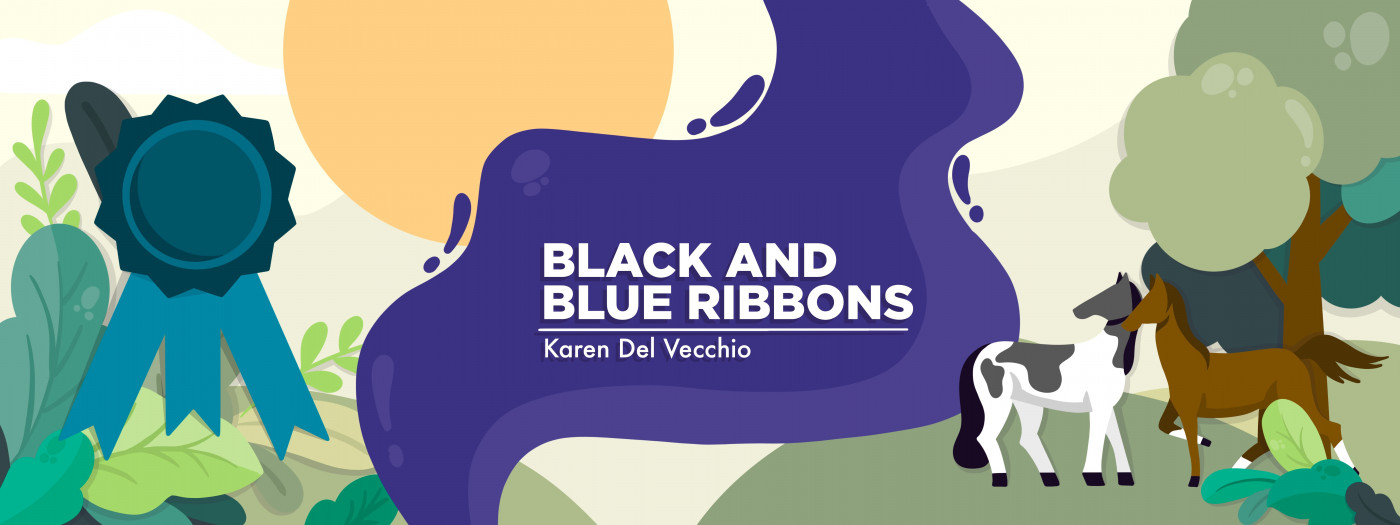How managing my Ehlers-Danlos has helped me care for my horse
Compensatory pain can affect walking on both two and four legs

Over the past year and a half or so, my horse Cherry has been through a lot. Back in December of 2021, we found out she had some pastern arthritis going on, but that wasn’t unusual for a horse then 14 years old. We helped her with anti-inflammatory medication and other supplemental support as needed, but in the following six months, her cartilage degraded until nearly half of her pastern joint was sitting bone on bone. She was in extreme pain.
Faced with few choices in summer 2022, I decided she needed a plate and screws in her leg to stabilize the joint. It’s a rare procedure, but that rarity had a lucky benefit: The university veterinary hospital was willing to help with my costs so its students could watch this unusual surgery, called a pastern arthrodesis. Cherry’s estimated recovery time was originally three to six months, which didn’t sound too bad. That’s not how it’s played out, though.
At the beginning of August, Cherry was finally released from veterinary oversight in the wake of her surgery. The original three-to-six-month window of recovery wound up lasting nearly 13 months instead. Since then it hasn’t been easy, but I think my experiences managing my Ehlers-Danlos syndrome have helped me support her while she’s been recovering.
Applying my lessons to my horse
After Cherry’s surgery, we realized quickly that she was going to have a big problem with compensatory pain. I definitely understand what that feels like! Spending so long with uneven weight distribution had caused the muscles in Cherry’s shoulders, rib cage, and back to become sore. Someone described it to me as standing for an extended period of time while shrugging one shoulder, which is essentially what she was doing.
As a result, her whole body was out of whack. Gentle stretching, occasional pain relief, and lots of veterinary support were critical in keeping her comfortable.
Years ago in physical therapy, I had to relearn how to walk properly. As Cherry healed, she had to learn the same thing. Like me, she’d spent so much time compensating for her issues that walking in a crooked way was her normal.
Since I can’t simply explain to a horse how to walk properly the way a physical therapist explained it to me, I had to show Cherry what to do. Using my body, I had to help her stay straight and relearn how to weight her legs evenly.
To do that effectively, I also had to be aware of my own compensations, which have led me to a whole other level of understanding my own body. If I’m unbalanced while riding a horse, for instance, I feel like I’m trying to carry an unevenly loaded wheelbarrow. I definitely know that when I’m crooked in one place, I feel pain in other places. I can’t imagine why it’d be different for a horse.
The past year and a half has been physically and emotionally taxing as I’ve supported Cherry’s recovery, but it’s been worth every minute of stress and every pain flare I’ve had as a result.
Often people ask me why I put so much time, energy, and effort into my animals. To put it simply, they’re my physical and emotional support. I work a full-time job as a teacher as well as three part-time jobs (including writing this column!) to be able to take care of them. My animals provide me with limitless benefits through their presence in my life, and I believe I owe them the best care I can provide.
Note: Ehlers-Danlos News is strictly a news and information website about the disease. It does not provide medical advice, diagnosis, or treatment. This content is not intended to be a substitute for professional medical advice, diagnosis, or treatment. Always seek the advice of your physician or another qualified health provider with any questions you may have regarding a medical condition. Never disregard professional medical advice or delay in seeking it because of something you have read on this website. The opinions expressed in this column are not those of Ehlers-Danlos News or its parent company, BioNews, and are intended to spark discussion about issues pertaining to Ehlers-Danlos.







Comments